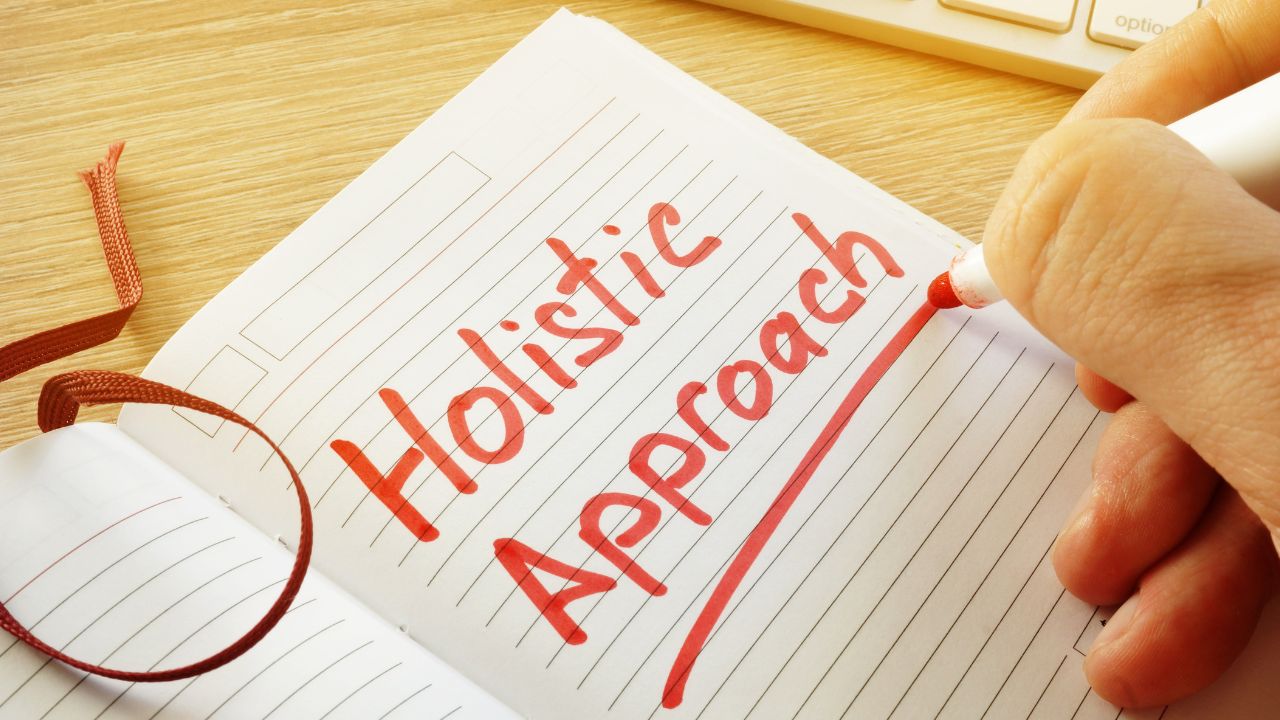Most athletes recover from concussions within a typical timeframe, but a substantial subset experience prolonged symptoms that interfere with daily function and return-to-play readiness. Athletic trainers are at the front lines of concussion management, and a growing body of research now supports a holistic, interdisciplinary approach to care that extends far beyond rest and reassurance.
This comprehensive model integrates physical, cognitive, psychological, nutritional, and environmental interventions—each playing a role in restoring athlete function and accelerating safe recovery. For athletic trainers balancing demanding schedules, this treatment philosophy provides a framework that is not only evidence-based but also adaptable to real-world challenges.
Why a Holistic Model Matters
Historically, concussion treatment emphasized physical and cognitive rest. However, emerging research shows that a multi-modal, active recovery plan improves outcomes and helps prevent the development of persistent concussion symptoms.
For example, the GAIN (Get going After concussion) study published in eClinicalMedicine demonstrated that an interdisciplinary, eight-week intervention involving physical therapy, psychological counseling, and education significantly reduced symptom severity compared to usual care (source). These findings align with current best practices, as outlined in the 6th International Conference on Concussion in Sport (Amsterdam, 2022), which advocates for symptom-targeted, progressive treatment approaches.
Physical Therapy and Vestibular Rehabilitation
Vestibular dysfunction and cervicogenic symptoms are common post-concussion and contribute to dizziness, imbalance, and visual instability. Evidence strongly supports vestibular and cervical physical therapy as core components of concussion rehabilitation. Multimodal physical therapy has demonstrated effectiveness in systematic reviews, emphasizing vestibular training, cervical mobilization, aerobic exercise, and neuromotor control interventions (source).

Athletic trainers can initiate early assessment of balance and vestibular symptoms using portable tools and collaborate with physical therapists to tailor referral timing and treatment protocols. This integration helps reduce symptom chronicity and supports a faster, safer return to activity.
Neuro Rehab and Emerging Neuromodulation Techniques
Photobiomodulation (red and near-infrared light therapy) is being studied for its potential to increase cerebral blood flow and reduce neuroinflammation. Preliminary data from case series highlight its promise, especially in patients with prolonged cognitive symptoms (source).




